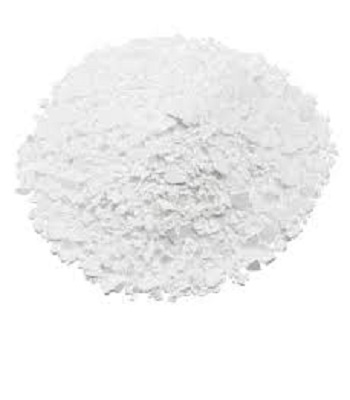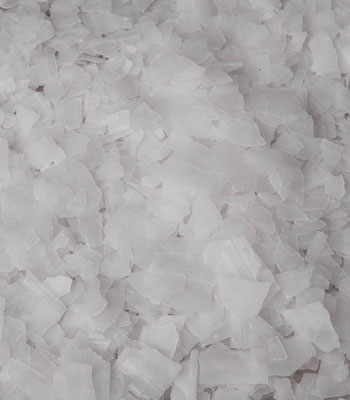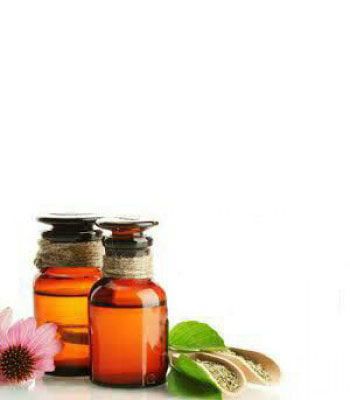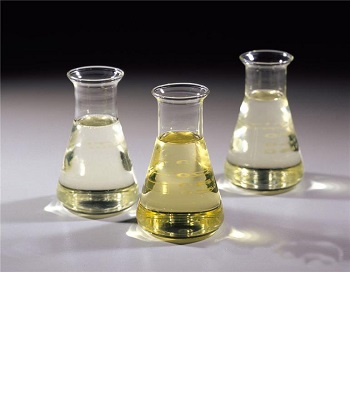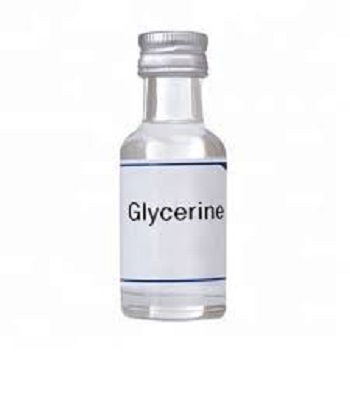In Chemistry, Ethanol is any chemical compound in which one hydroxyl group (–OH) that is bound to carbon has one alkyl. Ethanol is one of the most important chemical compounds and participates in various reactions and many chemical compounds are created from it.
Ethanol is a colorless and volatile fluid and has a strong odor which is resulted from the fermentation of sugar.






















